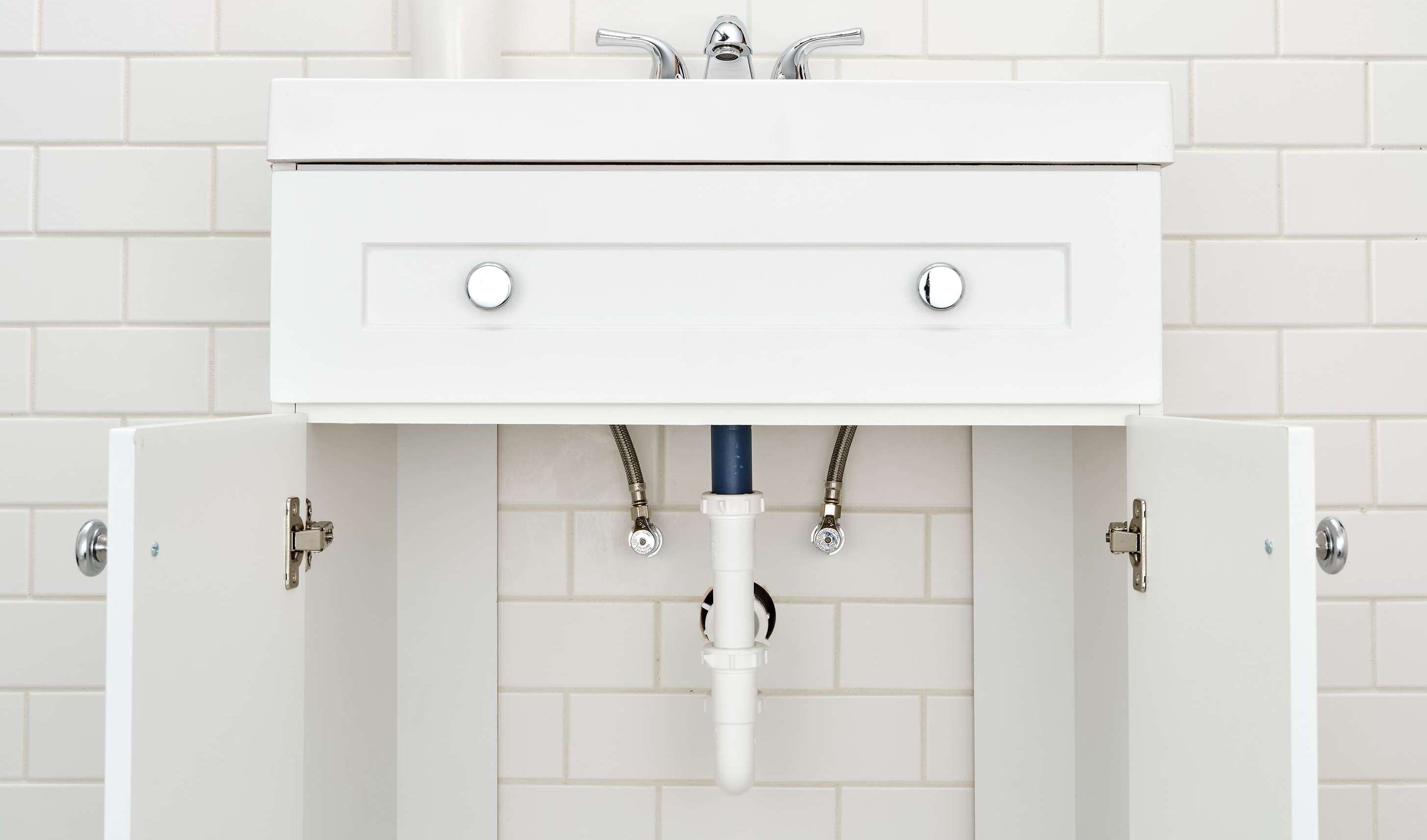

Articles
What Size Is A Bathroom Sink Drain
Modified: May 6, 2024
Learn about the standard size of bathroom sink drain and find helpful articles on choosing the right one for your bathroom renovation.
(Many of the links in this article redirect to a specific reviewed product. Your purchase of these products through affiliate links helps to generate commission for Storables.com, at no extra cost. Learn more)
Introduction
When it comes to designing or renovating a bathroom, choosing the right size for every component is essential. One often overlooked but critical element is the bathroom sink drain. While it might seem like a small detail, the size of the drain can have a significant impact on the functionality and aesthetics of the sink. Understanding the standard size for a bathroom sink drain, as well as the common variations and factors to consider, is crucial for making the right choice.
In this article, we will explore the different aspects of bathroom sink drain size, including how to measure it and what factors to consider. Whether you are a homeowner embarking on a bathroom remodeling project or a professional plumber seeking to provide the best advice to your clients, this comprehensive guide will equip you with the knowledge you need.
Key Takeaways:
- Standard bathroom sink drain size is 1.25 inches, but larger 1.5-inch drains are available for faster drainage. Consider sink type, water flow, and personal preference when choosing the right size for optimal functionality and aesthetics.
- Measuring the drain accurately and consulting a professional plumber are crucial for ensuring proper sizing and installation. Consider factors such as sink type, water flow, building codes, and personal preferences to make an informed decision.
Read more: What Size Pipe Do I Need For A Sink Drain?
Standard Size for Bathroom Sink Drain
The standard size for a bathroom sink drain is typically 1.25 inches in diameter. This size is commonly used in residential bathrooms and is sufficient for handling the waste and water flow of a regular sink. The 1.25-inch diameter drain is compatible with most bathroom sink designs and is considered a standard plumbing measurement.
It’s worth noting that the 1.25-inch drain size meets the minimum requirement for proper drainage and function. However, if you want to ensure better water flow and prevent clogs, you may consider opting for a larger drain size.
In some cases, you may come across bathroom sinks with a 1.5-inch drain size. This larger size is often seen in commercial settings or high-end luxury bathrooms where there is a higher demand for water flow. The larger drain size allows for faster drainage and can accommodate higher volumes of water.
Ultimately, the choice between a 1.25-inch or 1.5-inch drain size depends on the specific needs of your bathroom. If you anticipate heavy usage or if you simply prefer faster drainage, opting for the larger 1.5-inch drain may be a wise decision.
Common Variations in Bathroom Sink Drain Size
While the standard size for a bathroom sink drain is typically 1.25 inches or 1.5 inches in diameter, there are a few variations that you may encounter. These variations are often influenced by the type of sink and the specific manufacturer. Here are some common variations in bathroom sink drain size:
- 1.75 inches: Some bathroom sinks, particularly vessel sinks or larger basin sinks, may require a larger drain size of 1.75 inches. These sinks often have a unique design and may require a larger drain to accommodate the increased water volume.
- 2 inches: In certain cases, such as commercial or industrial settings, you may come across bathroom sinks with a 2-inch drain size. These sinks are designed to handle heavy usage and large volumes of water.
- Custom Sizes: Depending on the manufacturer or specific sink model, you may find custom drain sizes. These sizes are less common but may be necessary for specialty sinks or unique configurations.
It’s important to note that when dealing with variations in bathroom sink drain size, it is essential to consider compatibility with other plumbing components. Ensure that the drain size aligns with the size of the waste pipe and trap to prevent any issues with drainage or leaks.
If you are unsure about the appropriate drain size for your specific bathroom sink, it is best to consult with a professional plumber or refer to the manufacturer’s specifications for guidance.
Factors to Consider When Choosing a Bathroom Sink Drain Size
Choosing the right bathroom sink drain size involves considering several factors to ensure optimal performance and functionality. Here are some key factors to keep in mind:
- Sink Type: The type of sink you have will significantly influence the drain size you need. Different sink styles, such as wall-mounted sinks, pedestal sinks, or vessel sinks, may have specific requirements for drain size. Be sure to check the manufacturer’s recommendations or consult with a professional to determine the appropriate drain size for your specific sink type.
- Water Flow: Consider the average water flow in your household. If you have multiple people using the sink simultaneously or if your sink tends to handle a high volume of water, a larger drain size may be beneficial to prevent clogs and ensure efficient drainage.
- Building Codes: Check with your local building codes or regulations to ensure compliance. Some jurisdictions may have specific guidelines regarding the minimum drain size for residential or commercial bathrooms.
- Personal Preference: Consider your personal preferences and usage habits. If you prefer faster drainage or have a particular design aesthetic in mind, you may choose a larger drain size that suits your needs.
It’s important to strike a balance between functionality and aesthetics when selecting a bathroom sink drain size. While a larger drain size may offer better water flow, it may also require modifications to the plumbing system, which can increase installation costs. Be sure to weigh the pros and cons and make an informed decision based on your specific requirements.
If you’re unsure about which drain size to choose, it’s always a good idea to consult with a professional plumber. They can assess your specific circumstances and provide expert advice on the most suitable drain size for your bathroom sink.
When determining the size of a bathroom sink drain, measure the diameter of the drain opening. Most bathroom sinks have a standard drain size of 1 1/4 inches, but some may have a larger 1 1/2 inch drain. Always measure to be sure before purchasing a new drain or replacement parts.
How to Measure the Size of a Bathroom Sink Drain
Measuring the size of a bathroom sink drain is a relatively straightforward process. By following these steps, you can accurately determine the drain size for your sink:
- Remove the Drain Cover: Start by removing the drain cover or stopper from the sink. This will allow you to access the actual drain.
- Measure the Diameter: Use a measuring tape or a ruler to measure the diameter of the drain opening. The diameter is the distance across the center of the circular opening. Most standard bathroom sink drains will have a diameter of 1.25 inches or 1.5 inches.
- Check for Custom Shapes or Size Markings: Some sink drains may have unique shapes or special markings indicating the size. Take note of any unusual features that may affect the drain size.
- Consult the Manufacturer: If you’re unsure about the size, consult the manufacturer’s specifications or documentation that came with the sink. They often provide detailed information about the recommended drain size for that particular model.
It’s essential to measure the drain accurately to ensure compatibility with the waste pipe and trap. Mismatched sizes can lead to leaks, slow drainage, or other plumbing issues.
If you’re still uncertain about the appropriate drain size or if you’re dealing with a unique or custom sink, it’s highly recommended to consult with a professional plumber. They have the expertise to guide you and ensure your bathroom sink drain is properly sized and installed.
Frequently Asked Questions about Bathroom Sink Drain Size
Here are some commonly asked questions regarding bathroom sink drain size:
-
What is the standard size for a bathroom sink drain?
The standard size for a bathroom sink drain is typically 1.25 inches in diameter. However, you may also come across sinks with a 1.5-inch drain size.
-
Can I use a larger drain size for better water flow?
Yes, opting for a larger drain size, such as 1.5 inches, can result in better water flow and faster drainage. This can be particularly useful in sinks that experience heavy usage or in bathrooms where multiple people use the sink simultaneously.
-
Can I use a smaller drain size to save space?
It is not recommended to use a smaller drain size than the standard. Doing so can lead to issues such as slow drainage, clogs, and potential damage to the plumbing system. It’s best to adhere to the recommended drain size for optimal performance.
-
Is it possible to change the drain size of an existing sink?
Changing the drain size of an existing sink can be challenging and may require modifications to the plumbing system. It is recommended to consult with a professional plumber to assess the feasibility of changing the drain size and to ensure it is done correctly.
-
Are there different drain sizes for different types of sinks?
Yes, different types of sinks may have specific drain size requirements. For example, vessel sinks or larger basin sinks may require a larger drain size to accommodate the increased water volume. It’s important to check the manufacturer’s recommendations or consult with a professional to determine the appropriate drain size for your specific sink type.
Remember, selecting the right drain size is crucial for proper functionality and efficient water flow in your bathroom sink. When in doubt, always consult a professional plumber, who can provide expert guidance based on your specific requirements.
Conclusion
Choosing the right size for your bathroom sink drain is an important consideration when designing or renovating your bathroom. While the standard size for a bathroom sink drain is typically 1.25 inches in diameter, variations such as 1.5 inches and larger sizes exist, depending on the sink type and usage requirements.
When selecting a drain size, it’s essential to consider factors such as sink type, water flow, building codes, and personal preferences. Finding the right balance between functionality and aesthetics is key to ensuring optimal performance and avoiding potential issues with drainage or plumbing problems.
Remember to accurately measure the size of the drain opening and consult the manufacturer’s specifications to ensure compatibility with the waste pipe and trap. If in doubt, consulting with a professional plumber can provide valuable insight and guidance tailored to your specific needs.
By understanding the standard size, common variations, and factors to consider, you can confidently choose the appropriate bathroom sink drain size for your project. Taking the time to make an informed decision will result in a well-designed and functional bathroom sink that meets your needs and enhances your overall bathroom experience.
Keep in mind that plumbing requirements may vary depending on local regulations and building codes, so always ensure compliance with the guidelines in your area. With careful consideration and expert advice, you can create a bathroom space that not only looks beautiful but also functions flawlessly.
Now that you've got the scoop on sink drains, why stop there? Getting your hands dirty with DIY projects can be a real treat, and we've got just the guide for you. If you're ready to tackle another crucial piece of the puzzle, check out our practical guide on how to fit your new faucet with ease. Perfecting sink installation has never been simpler!
Frequently Asked Questions about What Size Is A Bathroom Sink Drain
Was this page helpful?
At Storables.com, we guarantee accurate and reliable information. Our content, validated by Expert Board Contributors, is crafted following stringent Editorial Policies. We're committed to providing you with well-researched, expert-backed insights for all your informational needs.

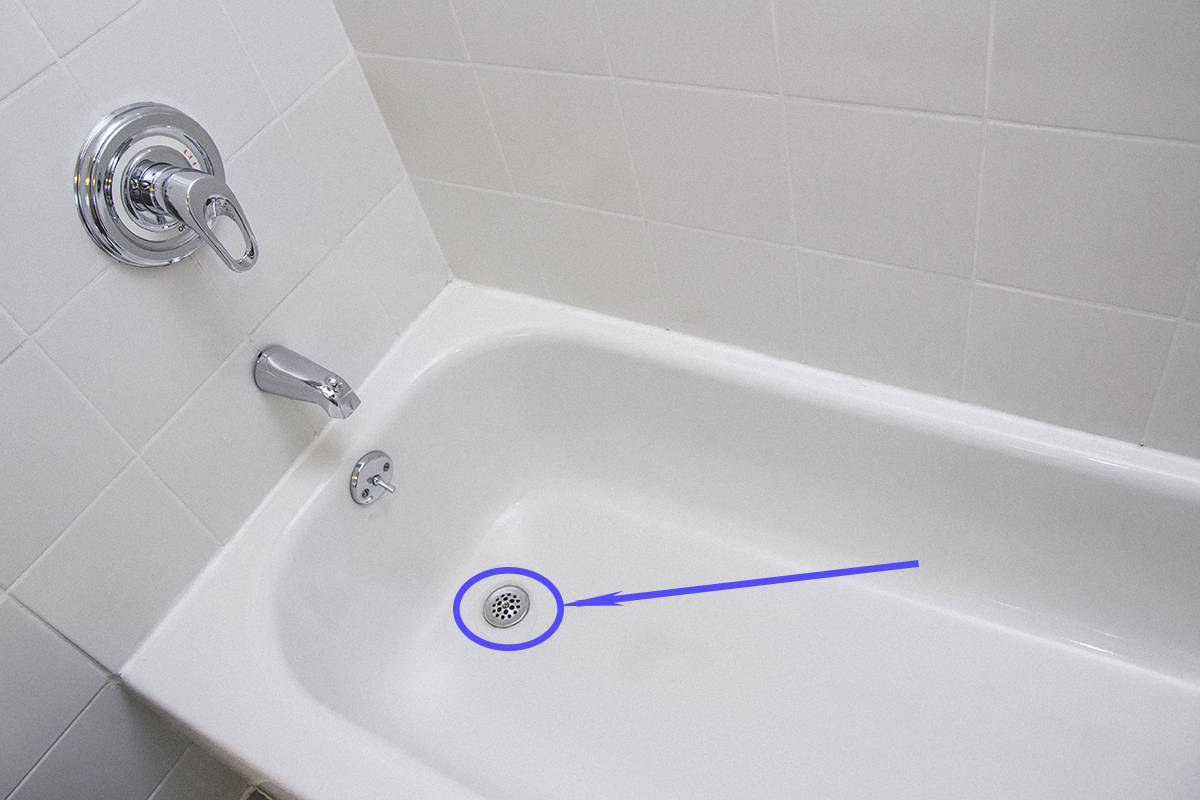


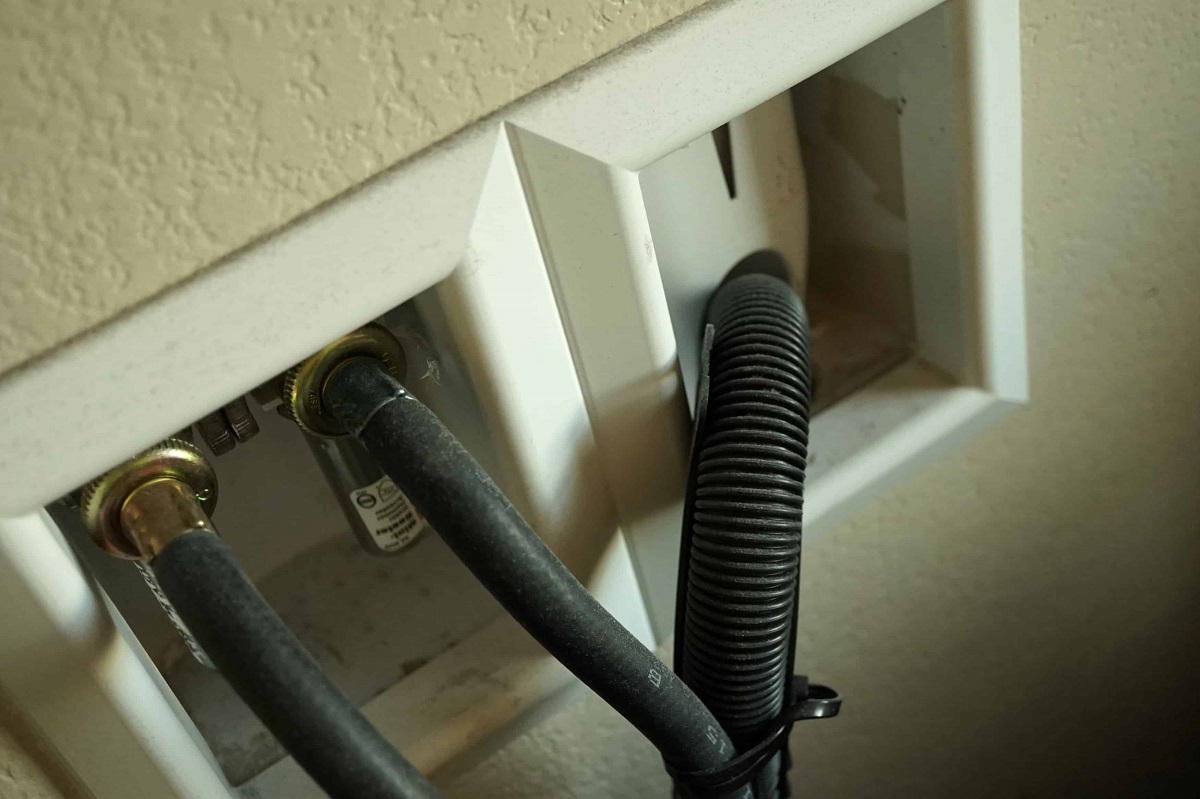

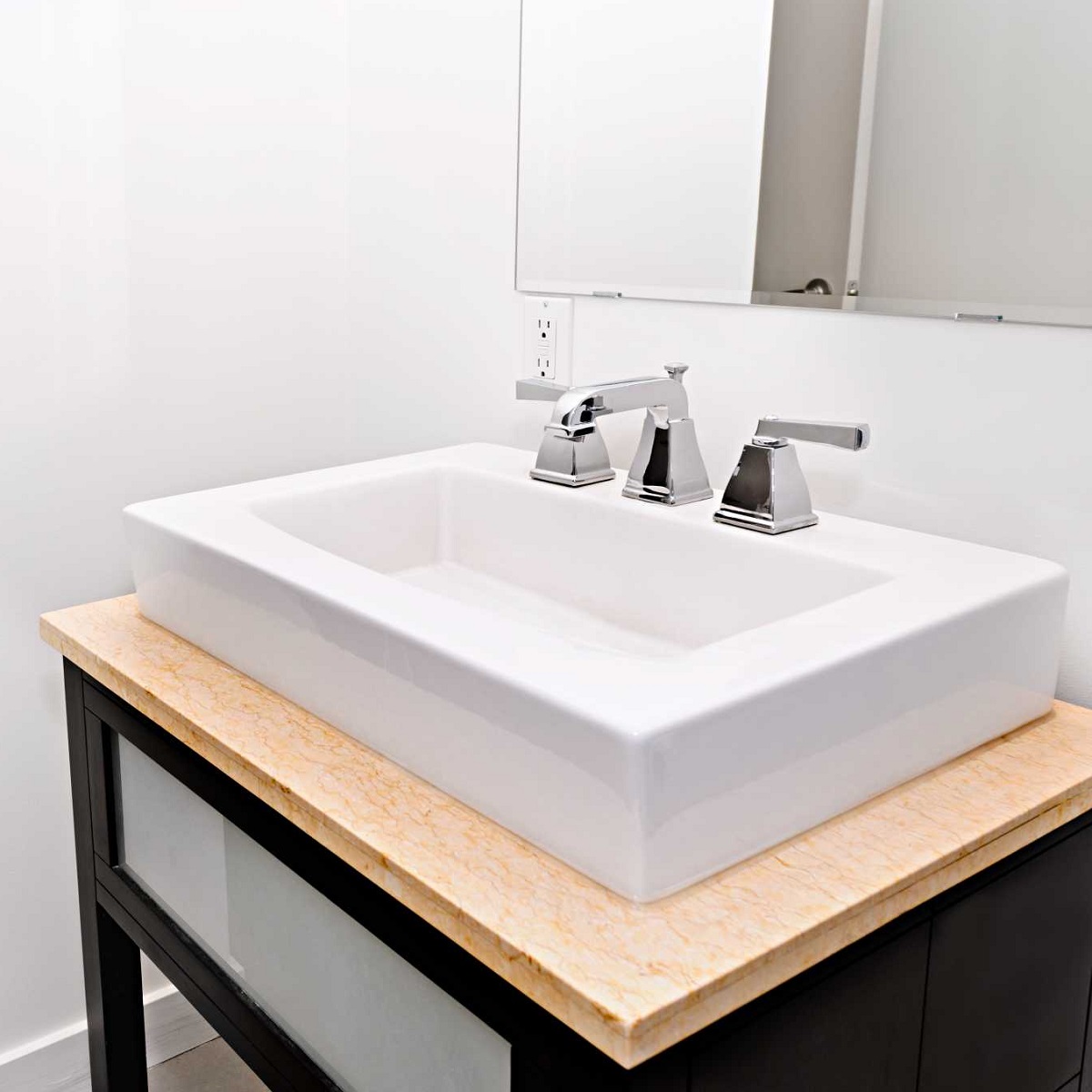
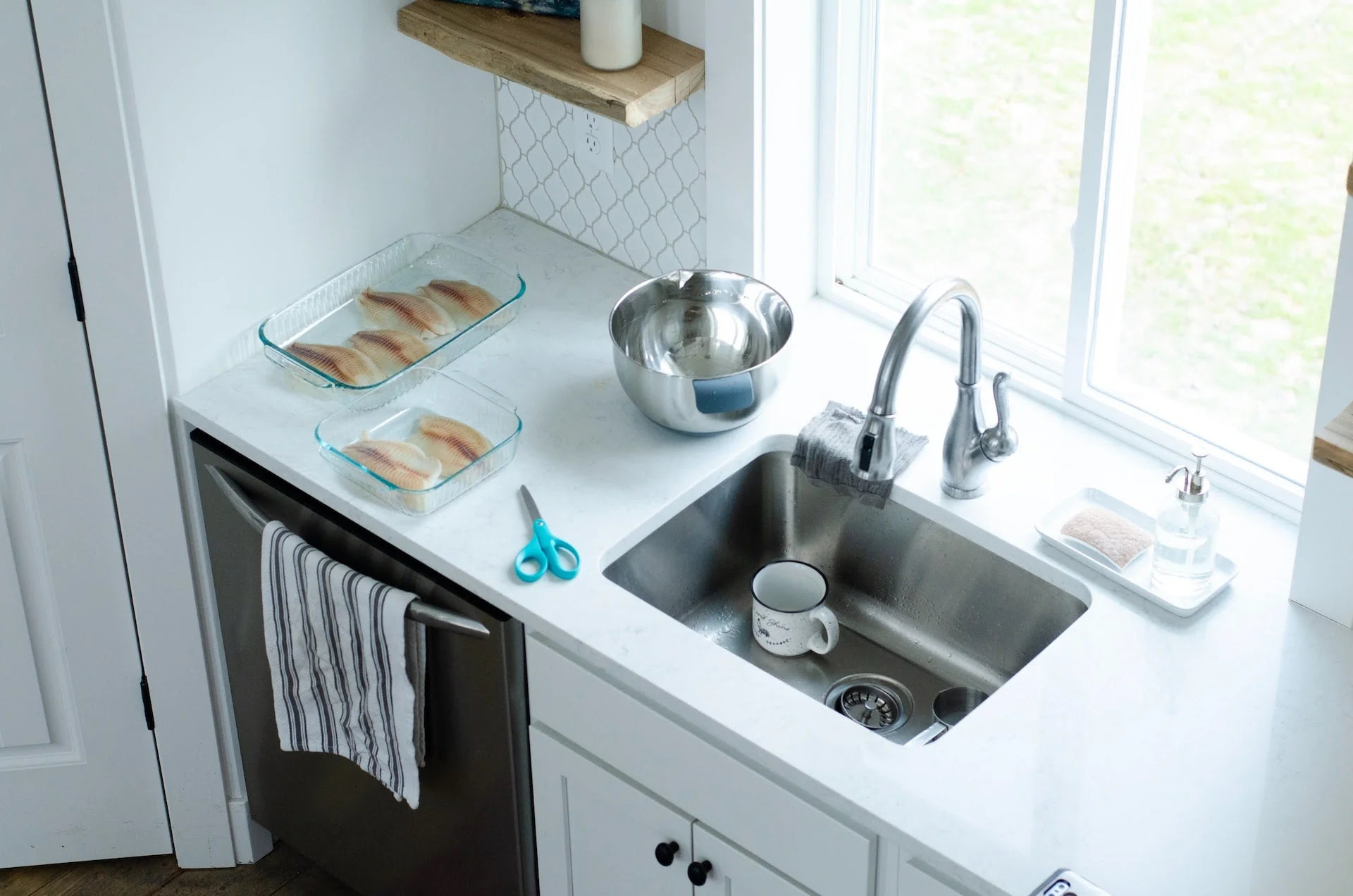
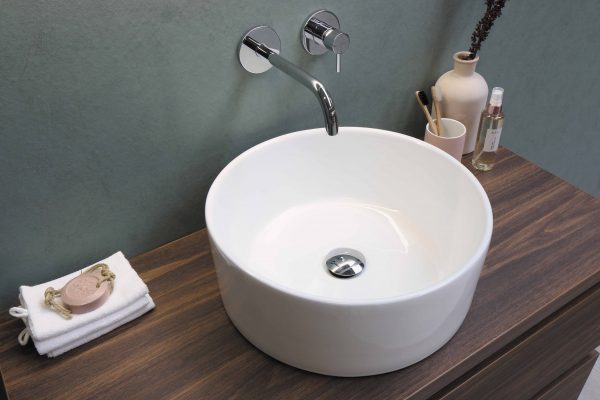

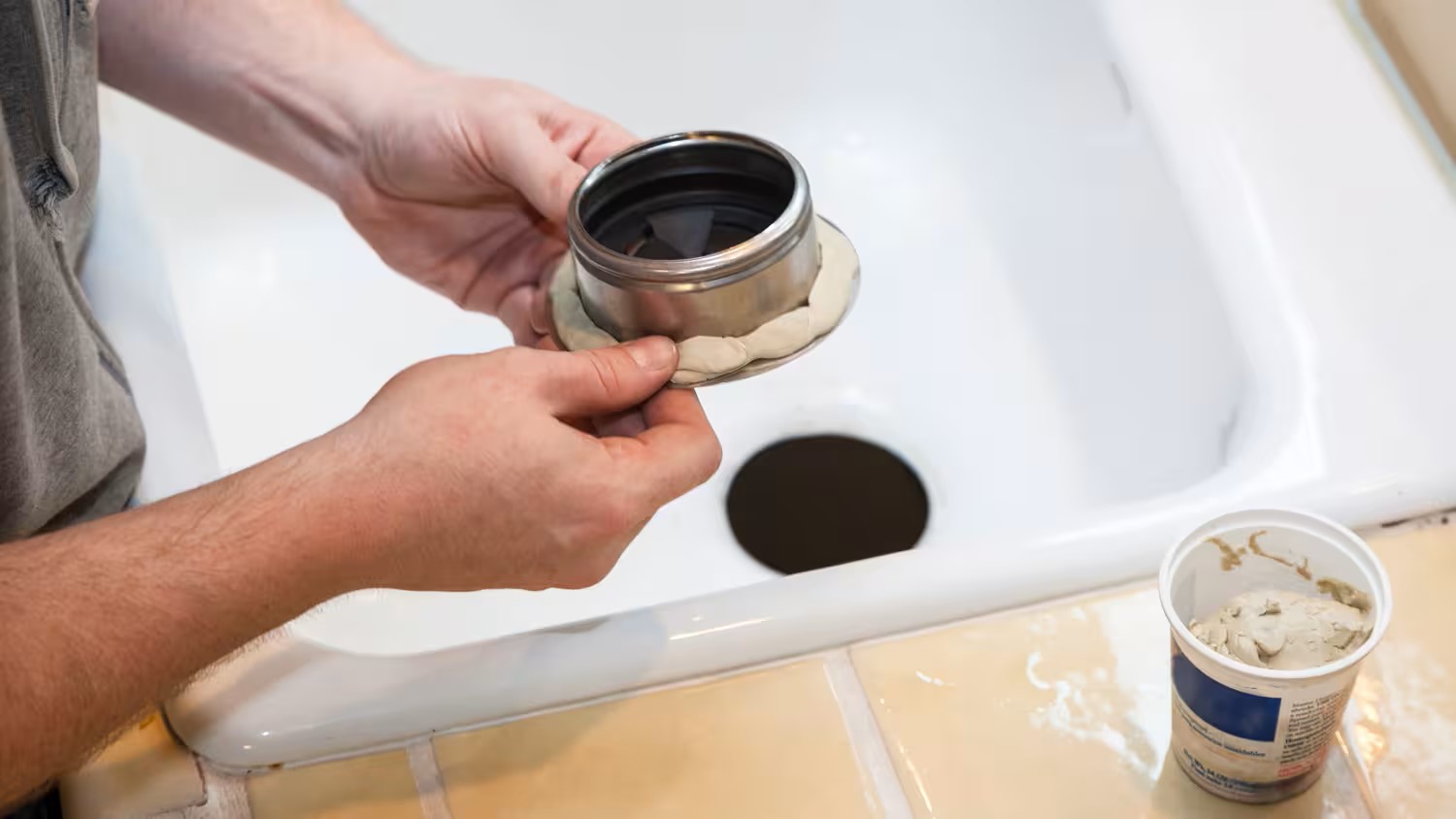

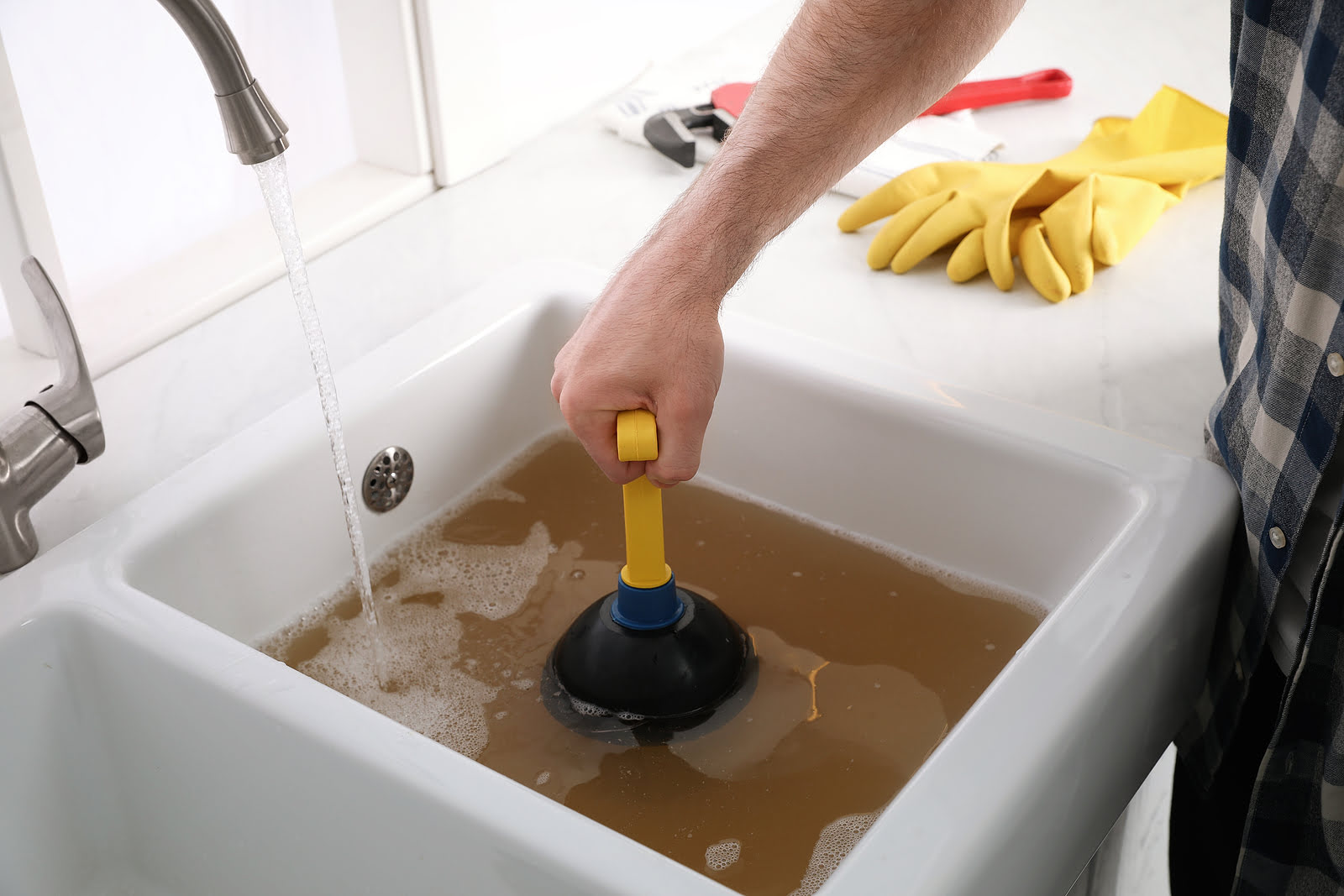


0 thoughts on “What Size Is A Bathroom Sink Drain”